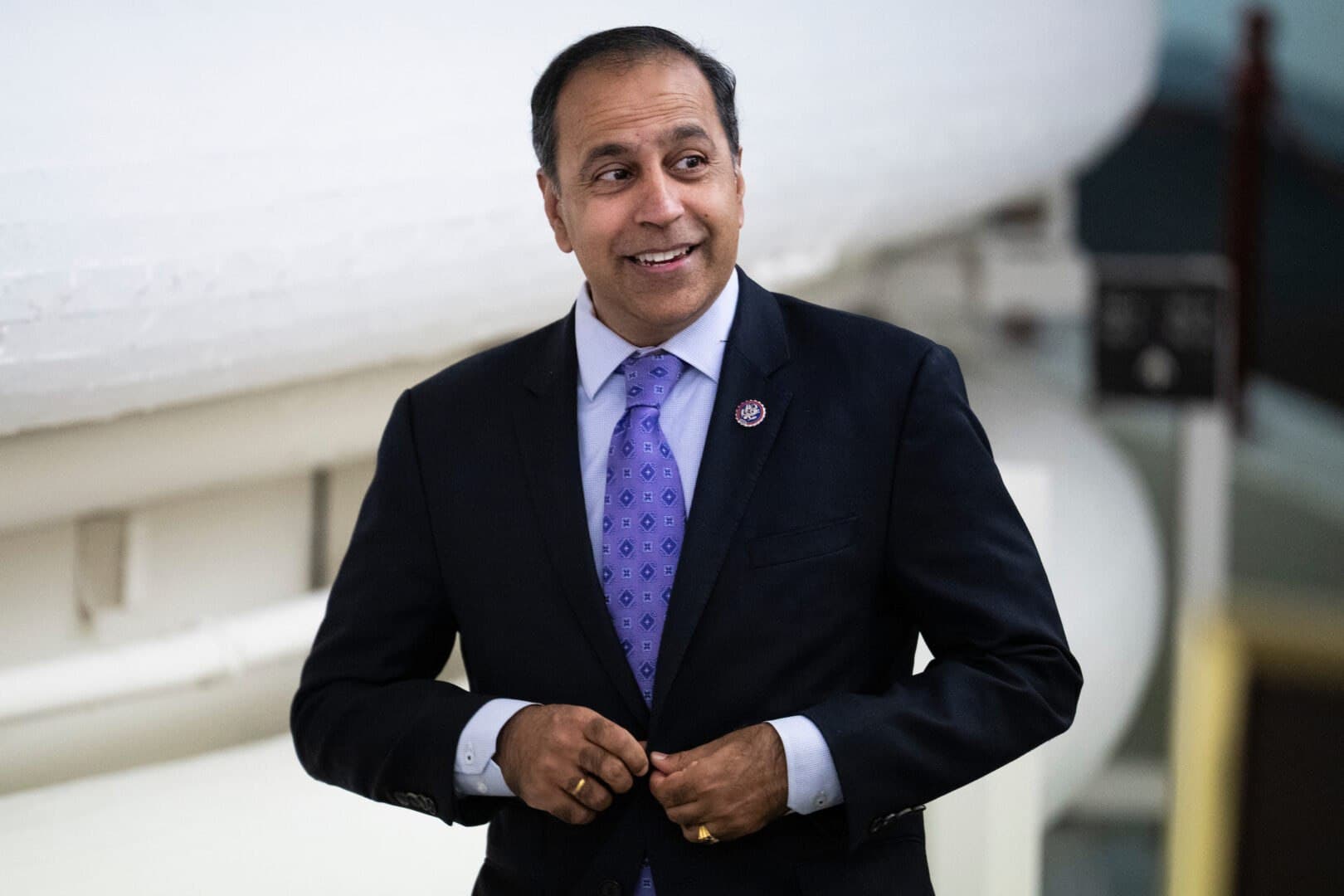The American labor market is witnessing a shocking divide, where 85% of new job growth is concentrated in just two sectors—education and health care. While the numbers might seem promising on the surface, they mask a grim reality for millions of unemployed workers who find themselves stuck in a "low-hire, low-fire" economy.
Job Gains Are Misleading
According to the U.S. Bureau of Labor Statistics, payroll employment increased by 209,000 in June, but this growth is largely superficial. The overwhelming majority of jobs created are in sectors that do not necessarily lead to broader economic stability for the workforce. The lack of diversity in job creation signals a troubling trend where opportunities remain confined to specific industries, leaving many without viable options.
Widespread Economic Inequality Persists
The reality for many workers is stark. As reported by CNBC, while layoffs remain at historic lows, the number of people collecting unemployment benefits is rising, indicating a stagnation that disproportionately affects marginalized communities. Workers without a job are likely to stay unemployed, creating a cycle of poverty that the current labor policies fail to address. This stagnation is a direct consequence of an economic system that prioritizes profits over people.

Kaiser Permanente health care workers are on the brink of a ...
AI and Automation Are Reshaping the Job Market
The rise of artificial intelligence and automation further complicates the job landscape. Employers are increasingly hesitant to hire new workers, opting instead to streamline their existing workforce through technology. This shift is driving down the number of new hires, as evidenced by a drop of 112,000 in hiring in June alone. The implications are clear: as companies invest in technology, entry-level positions that typically serve as stepping stones for young and marginalized workers are disappearing.
Workers Face an Uncertain Future
David Kelly, chief global strategist at J.P. Morgan Asset Management, notes that many employers are reluctant to lay off workers until they perceive a recession. This cautious approach, however, does nothing to alleviate the plight of those stuck in dead-end jobs or those desperate for employment. The job market is becoming increasingly static, creating an environment where only the currently employed can feel secure, while the unemployed are left in despair.

Bureau of Labor Statistics | Accounting Today
Calls for Accountability and Reform
This economic climate calls for a radical reevaluation of our labor policies. We need robust reforms that emphasize job creation across various sectors, fair wages, and comprehensive support systems for unemployed workers. The current approach favors a small fraction of the workforce, leaving the majority behind. Policymakers must prioritize equitable job growth and invest in education and training programs that prepare workers for the future, not just the current demands of the market.








![[Video] More videos of ANTIFA activities emerge in Giessen](/_next/image?url=%2Fapi%2Fimage%2Fthumbnails%2Fthumbnail-1764454862523-wtbpg5-thumbnail.jpg&w=3840&q=75)